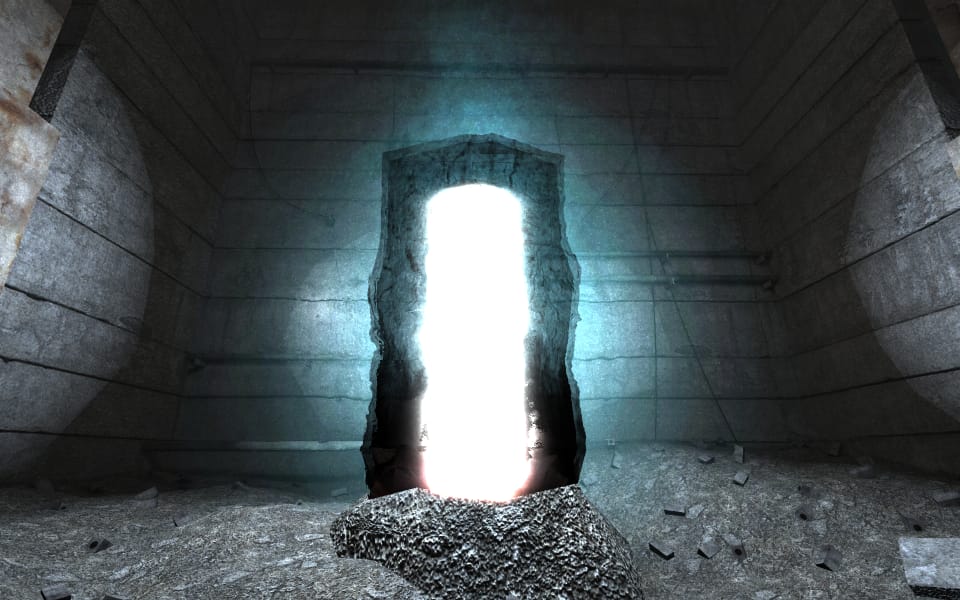State of The Andrew Bailey, March 2014
It's about time I wrote a general update of things.
It's about time I wrote a general update of things.

Here's a THQ classic that I mentioned a while ago. This game is the absolute scariest game that I have ever played. The best part about it is that it does not present itself as such. There's no motif of murder, psycic eminations, or some crazy whacko, in neither its ads nor its environment.
Remember when Apple was moving away from PowerPC CPUs around 2005? Did you ever wonder where they went? They mostly went into game consoles. The Wii, Playstation 3, and Xbox 360 all have some variant of a PowerPC chip inside. PowerPC chips were never all that popular in personal computers outside of Apple. Presently, most are found in embedded and "big iron" form, like DVRs, cars, mainframes, and other big machines that banks and stuff use to have insane reliability.

It doesn't seem so "modern" anymore, because it was released in 2008 or so. The only reason I had bought it was because that's what everyone was playing at LAN parties. Although it itself is a sequel, this could be pointed to as the beginning of the series' sequelitis.
Alpha CPUs are pretty obscure these days, and they also seem to be obsolete. This architecture is a load-store or RISC design, and it was one of the first 64-bit ones out there. It was largely optimized by hand, just right when CPU designs were starting to be automated, leading to competitive performance. There was a version of Windows NT released for it, and its floating point performance was superior to x86.

Fallout: New Vegas is an interesting kind of game, and not quite all in the good way. For some, it's the only game they have on their neglected Xbox 360. For others, they wanted more Fallout 3. And New Vegas is sort of that, but not really. There is much less emphasis on the karma system, in that it hardly affects anything, and more emphasis is placed on your relations with another person's faction. If a town doesn't like you, the people won't be friendly, and if they hate you enough, they will start shooting. Last summer, I decided that I would replay it.
In this second installment of the CPU register series, I take a look at the Itanium CPUs. Intel and HP designed Itanium throughout the 1990s. Intel hoped that it would be the successor to the old x86 architecture, with a bonus of not being legally obliged to share these secrets with anyone else (AMD specifically). When it went on the market in 2001, its performance was not competitive with x86, and was super expensive. While Itanium had x86 emulation, it was not fast enough to be useful. At the time, AMD was busy at work expanding x86 to 64-bit, which proved to be the winning strategy.